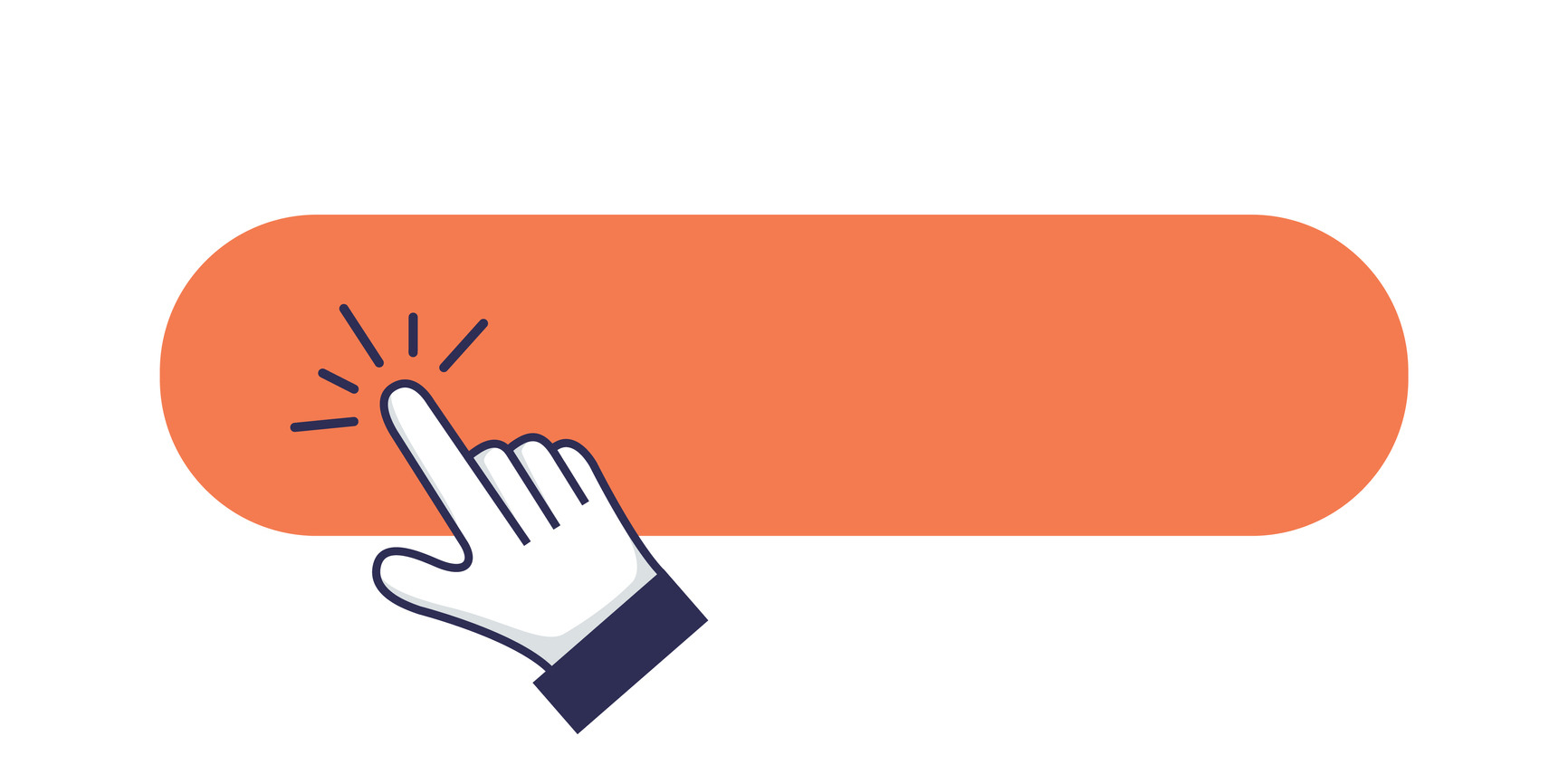Call-to-Action Examples To Use Throughout the Sales Funnel
When it comes to inbound marketing success, more sales qualified leads should mean more revenue. And, to obtain more leads, you must get your...


Getting traffic to your blog or website is great. It shows that your marketing efforts are reaching and resonating with audiences. But getting readers isn’t always enough. Businesses trying to generate leads need engagement and follow-through.
When putting together blogs and other content, you can’t assume people visiting your site will subscribe or click to subscribe – unless they’re prompted to.
Call-to-actions (CTAs) allow you to guide readers or viewers to follow through by demonstrating a clear course of action they can take to learn more or take any next steps.
You can include a few different types of CTAs in your content and throughout your blog, some of which require more design than others.
Here’s an overview of the types of CTAs:
CTA Buttons – These are usually simple phrases of actionable text placed in a defined shape of contrasting colors to the rest of the page to attract readers’ eyes. They include things like “Contact Us,” “Click Here,” or “Download eBook.”
In-Line Text – Not all CTAs need specific designs. In-line text are CTAs you build into your posts (usually at the end) asking people to reach out or subscribe to a blog with a link to the page you’d like them to go to.
Banner CTAs—These CTAs include images and typically appear at the end of the page, allowing people who read through the post to navigate to a relevant page. Banner CTAs are often the most complicated to develop because they require graphic design experience.
Quality CTAs encourage people to click on them. Some of the common traits of these CTAs include:
Relevant Topics to Your Blog Page – You want your CTA to naturally flow from the topic your web page visitor is reading about. Demonstrate that you have expertise and thought leadership in the topic at hand – or at least ask them to subscribe or reach out.
Let Them Know What They’ll Get – Convey the benefit they’ll receive by clicking on the CTA. Use concise, actionable language that shows how they’ll benefit, whether it’s a free eBook download or requesting a demo.
Instill a Sense of Urgency – Convince your readers that they need what you’re offering by using urgent language like “Click Now” or “Reach out today!”
Make it Easily Clickable – Design any buttons to stand out and look clickable. Giving people easy access to what you’re offering them is critical to let them know how to follow through.
Include Cohesive Branding – Make the images and branding relevant to the article, your company, and the audience you’re trying to reach. This matters most with banner CTAs, which have a significant visual component.
Use Concise, Actionable Language – Write with an active tone in as few words as possible. You want to encourage people to click and give them the shortest route possible to do so.
You want your CTAs to be easily seen so that people will notice them and click. Even if they don’t read the article, making them stand out as they scroll through it is vital.
Placing larger banner CTAs at the bottom of the post or along the sides makes them stand out with key information, which encourages clicks or for someone to check out another page.
For in-text and button CTAs, you want to include them throughout the post and after key sections. Placing them early lets people see that you have other valuable information that they can access on your site, which gets them to engage more with other elements you offer.
Including an in-line CTA as the last line of your blog is also a good idea, as it gives them a chance to reach out or guides them to the banner CTA to get more engagement.
Monitor the performance of your different CTAs and see which ones have the best engagement. That will tell you what your readers resonate with the most and give you an idea of what elements to include in future CTAs.
Remember, it’s a learning process – your CTAs don’t need to be perfect at first. You can develop, refine, and switch them out on earlier posts to get better engagement as your website lives on. Blog pages are almost living entities, and often, the most effective and engaging posts are years old. Switching them out with newer CTAs lets the people finding your site each day see what you’re currently offering.
Quality CTAs encourage higher engagement – but just because a CTA gets them to click, it won’t get them to stay beyond that. Make sure that what you’re sending them through the CTA is relevant and helpful to their needs, as that’s what truly matters.
At LeadG2, we have years of experience helping companies develop content and generate leads – which we learned by doing so ourselves.
Reach out to us today to learn more about how we can take your CTAs (and lead generation) to the next level!

When it comes to inbound marketing success, more sales qualified leads should mean more revenue. And, to obtain more leads, you must get your...

More than 90% of visitors who read your headline also read your CTA copy. If there were a ‘secret sauce’ to lead generation, it would be the...

1 min read
You’ve surely heard the quote from hockey legend, Wayne Gretzky, “You miss 100% of the shots you don’t take.” This saying really could be attributed...